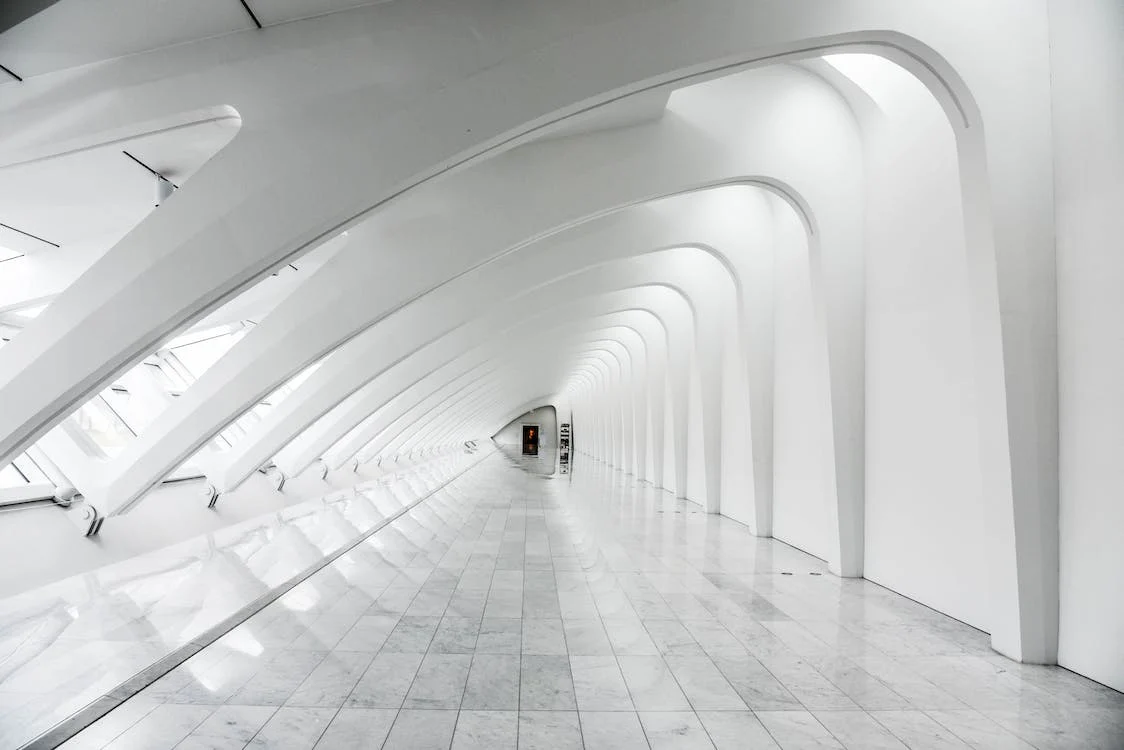Australia’s architectural and design landscape stands as a testament to innovation, sustainability, and creativity. Architects and designers play an indispensable role in shaping the built environment, influencing not only the aesthetic appeal but also the functionality, sustainability, and cultural significance of structures across the continent. In this exploration, we delve into the multifaceted contributions of these professionals and their impact on the construction industry in Australia.
Architects and Designers: The Visionaries of Spaces
Design Philosophy and Innovation
Architects and designers, revered as the vanguards of innovation, embark on a transformative journey that transcends the mere creation of physical structures. They embody the essence of visionaries, orchestrating an intricate symphony that harmonises imagination, functionality, and societal needs. Their craft is an intricate dance between artistic expression and pragmatic functionality, guided by a comprehensive design philosophy that transcends the boundaries of conventional thinking.
At the heart of their practice lies a profound understanding of cultural context, a facet that permeates every line, curve, and space within their designs. Architects and designers immerse themselves in the rich tapestry of cultural heritage, seeking inspiration from historical narratives, traditional craftsmanship, and local nuances. This deep dive into cultural ethos allows them to infuse their creations with a sense of identity, resonating with the heritage and values of the community they serve.
Moreover, their creative canvas extends beyond cultural influences; architects and designers embrace the imperative of environmental stewardship. With a keen eye towards sustainability, they leverage their expertise to weave together designs that tread lightly on the environment. They embrace biophilic design principles, seamlessly integrating natural elements and sustainable materials to forge a symbiotic relationship between the built environment and the surrounding ecosystem. By embracing renewable energy sources, optimising natural lighting, and implementing passive design strategies, they sculpt structures that minimise their carbon footprint while maximising efficiency and comfort for occupants.
The alchemy of their design philosophy also incorporates a keen awareness of technological advancements. Architects and designers are at the vanguard of innovation, harnessing cutting-edge technology to transcend conventional boundaries. From embracing Building Information Modeling (BIM) to exploring the intricacies of three-dimensional design to leveraging parametric design tools for dynamic and adaptive structures, they constantly push the envelope of what’s possible. Virtual reality (VR) and augmented reality (AR) technologies have become their canvases, allowing them to paint vivid, immersive experiences that transcend the limitations of traditional blueprints.
This holistic amalgamation of cultural sensitivity, environmental consciousness, and technological prowess lays the foundation for their magnum opus — designs that not only speak to the present needs but also stand resilient against the tests of time. Their creations are more than just buildings; they are catalysts of change, symbols of progress that encapsulate the zeitgeist of an era. Architects and designers serve as custodians of societal aspirations, channelling collective dreams into tangible structures that inspire, provoke thought, and evoke emotions.
In essence, architects and designers are the conduits through which imagination converges with reality. Their holistic approach transcends the confines of conventional design, breathing life into spaces that transcend functionality, stir emotions, and resonate with the very essence of the human experience. Their legacy lies not merely in the structures they erect but in the lasting impact their creations leave on the cultural, environmental, and technological tapestry of society.
Functionality and Aesthetics
Beyond aesthetics, these professionals prioritise functionality, creating spaces that not only captivate the eye but also cater to the practical needs and aspirations of the inhabitants. From residential homes to commercial complexes and public spaces, architects and designers strive to strike a delicate balance between form and function, enhancing the quality of life for those who interact with these spaces.

The Evolving Role of Architects and Designers in Australia’s Construction Industry
Sustainable Practices and Environmental Consciousness
The recent wave of consciousness surrounding sustainability has ushered in a profound transformation within the construction industry, steering it towards a new era where architects and designers wield their creativity as a force for environmental good. This paradigm shift serves as a testament to their pivotal role as stewards of change, leading the charge towards a more ecologically responsible and sustainable future.
At the helm of this movement, architects and designers have emerged as catalysts for change, leveraging their expertise to advocate for and implement eco-friendly design principles. They have redefined the very essence of architectural innovation, spearheading a renaissance that places environmental considerations at the forefront of their creative endeavours.
Their commitment to sustainable practices manifests in multifaceted ways. One of the cornerstones of this green revolution is the conceptualization and realisation of eco-friendly designs that prioritise energy efficiency, resource conservation, and environmental compatibility. Architects and designers integrate passive design strategies that optimise natural lighting, ventilation, and thermal insulation, reducing reliance on artificial energy sources and mitigating the carbon footprint of structures.
Furthermore, their visionary approach extends to the selection and utilisation of sustainable materials, consciously choosing resources that have minimal environmental impact throughout their life cycle. From responsibly sourced timber to recycled and upcycled materials, their palette of sustainable elements serves as a testament to their dedication to preserving natural resources while fostering innovation and creativity.
Beyond individual projects, architects and designers champion the cause of energy-efficient buildings that embrace renewable energy sources. They incorporate solar panels, wind turbines, and other renewable technologies seamlessly into their designs, harnessing nature’s abundance to power and sustain the built environment. Their commitment to sustainable practices not only mitigates the environmental impact of structures but also establishes a blueprint for resilience in Australia’s diverse climate.
The ramifications of their dedication to green architecture transcend the immediate environmental benefits. These sustainable structures stand as bastions of resilience and longevity, embodying a harmonious relationship with the natural world. They endure the rigours of Australia’s climatic diversity, exhibiting adaptability and durability in the face of changing environmental conditions.
Architects and designers, through their advocacy and implementation of sustainable practices, have catalysed a cultural shift within the construction industry. They have redefined success beyond mere aesthetics or functionality, embracing a holistic approach that marries innovative design with environmental responsibility. Their legacy lies not only in the structures they create but in the enduring impact these structures have on the environment, society, and the future of construction in Australia.
In essence, architects and designers are the vanguards of a sustainable renaissance in the construction industry, pioneering a path towards a future where structures not only serve the needs of today but also safeguard the wellbeing of future generations and the planet as a whole. Their commitment to sustainability is not just a trend; it’s a conscientious effort to redefine the very essence of architecture and construction in harmony with nature.
Embracing Technological Advancements
The integration of technology has revolutionised the way architects and designers conceptualise and execute projects. Tools like Building Information Modeling (BIM), virtual reality, and parametric design enable them to visualise, plan, and communicate ideas more effectively. These advancements not only streamline the design process but also facilitate better collaboration among stakeholders, leading to more efficient and cost-effective construction outcomes.
Collaboration and Stakeholder Engagement
Engaging Communities and Clients
Architects and designers emphasise the importance of engaging with communities and clients throughout the design and construction phases. By understanding the unique needs and aspirations of stakeholders, they can tailor designs that reflect cultural identities, foster inclusivity, and promote a sense of belonging within the built environment.
Collaborating with Engineers and Builders
Collaboration with engineers and builders is fundamental in translating design concepts into reality. Architects and designers work closely with these professionals to ensure that the structural integrity, safety, and feasibility of their designs are upheld during the construction phase. This synergy between different disciplines results in cohesive projects that meet both aesthetic and technical requirements.
Challenges and Opportunities Ahead
Balancing Creativity and Regulations
While creativity drives innovation, architects and designers often navigate a landscape of regulations, codes, and zoning restrictions. Finding a balance between creative expression and compliance with regulatory frameworks remains a persistent challenge, requiring adaptability and inventive solutions.
Addressing Housing Affordability
The pressing issue of housing affordability presents both a challenge and an opportunity for architects and designers. Their role in creating innovative, cost-effective housing solutions is crucial in addressing the housing crisis, leveraging design efficiencies and alternative construction methods to make housing more accessible without compromising quality or sustainability.
Shaping the Future of Australian Construction
Architects and designers hold a pivotal role in shaping the future of construction in Australia. Their innovative designs, commitment to sustainability, and collaborative approach are instrumental in creating built environments that are not only visually stunning but also functional, environmentally responsible, and culturally significant.
As Australia navigates rapid urbanisation, evolving demographics, and environmental concerns, the contributions of architects and designers become increasingly vital. Their ability to envision and execute spaces that resonate with the evolving needs of society ensures that Australia’s built environment continues to inspire, enrich, and adapt to the changing times.
In conclusion, the influence of architects and designers extends far beyond the blueprint; they are the custodians of Australia’s architectural heritage, the pioneers of innovation, and the guardians of a sustainable future for the built environment.
If you are interested in construction courses, please enquire now.
